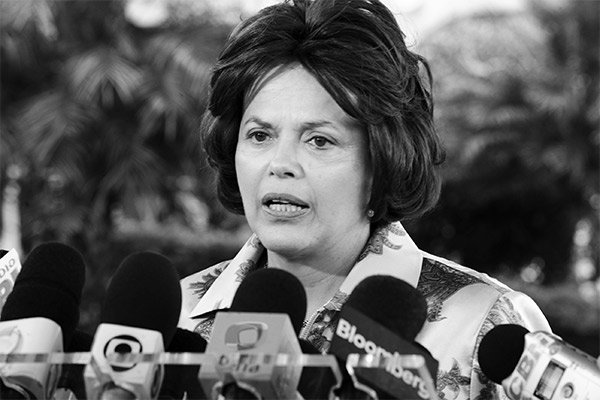2014 was the year of elections in Latin America. Seven of 19 Latin American countries went to the polls for presidential races, with the final run-off concluding in Uruguay this past weekend.
Latin America has all the makings of becoming the world leader in digital campaigning. Spanish is the most used language among world leaders on Twitter. And as Portland’s Global Politics on Twitter study has shown, Latin American leaders as a group are by far the most active and most followed on the platform.
Argentina, Venezuela, Ecuador and Mexico have all had their first “social media” election already. It seemed logical that the rest of the region would follow the trend.
International media covered how regional heavyweights Brazil and Colombia’s 2014 elections played out on Twitter and Facebook like never before, but coverage of Latin America’s social media and politics revolution seemed to stop there. So what happened in the other five countries?
There is clearly still a digital divide between Central America and the rest of the region. Looking at the statistics below, El Salvador could be forgiven for deciding against campaigning on social media.
However, 2014 was the first time Salvadorans living in the US could vote in presidential elections by post. As evidenced by the higher rate of Facebook use than local internet access – likely due to Salvadorans living abroad – social media could have been an amazing tool to reach the diaspora.
Internet and Facebook users by country in the region
But what about countries like Uruguay, Costa Rica and Panama with rates of internet access and social media use similar to Brazil and Colombia? Are the newly-elected heads of state really behind their counterparts in Brazil and Colombia in digital campaigning? Why haven’t we seen much media coverage of social media’s impact in these markets? Are they just too small for media attention?
Twitter and Facebook followers by recently elected head of state
In fact, as a percentage of population, Panama and Costa Rica’s newly elected presidents actually do better than Brazil’s Dilma Rousseff in terms of the percentage of the electorate they reach through social media. One possible explanation could be the much more frequent use of visual content by both Juan Manuel Santos of Colombia and Juan Carlos Varela of Panama, particularly on Twitter.
Perhaps the real question should be why only 1.5 per cent of Brazilians follow Dilma Rousseff on Facebook when nearly half of them are on the platform. If marketing executives are eyeing Brazil’s social media potential, politicians should take note.
Twitter and Facebook followers by recently elected head of state as a percentage of population
Interestingly, Uruguay’s Tabaré Vázquez, whose country has a high rate of internet access and social media engagement, has not yet made full use of the opportunities offered by social media networks. Local media predicted that the campaign would be fought online for the first time, but it seems the trend has not yet fully taken hold this cycle.
Latin America as a region leads the world in political leaders’ engagement on social media. With the fastest rates of growth in internet use and the highest average hours spent on social media sites per user worldwide, it has the potential to rival North America as the region pioneering digital campaign strategies.

